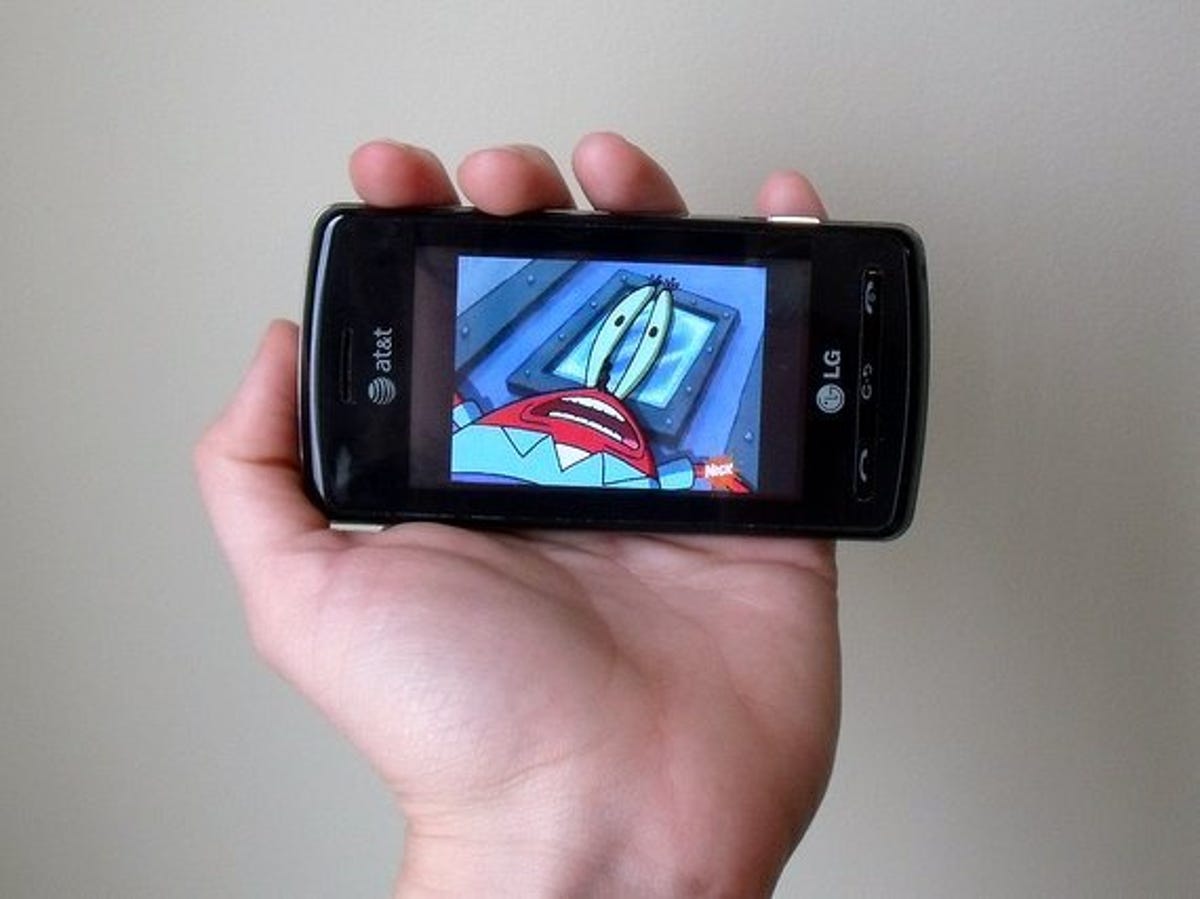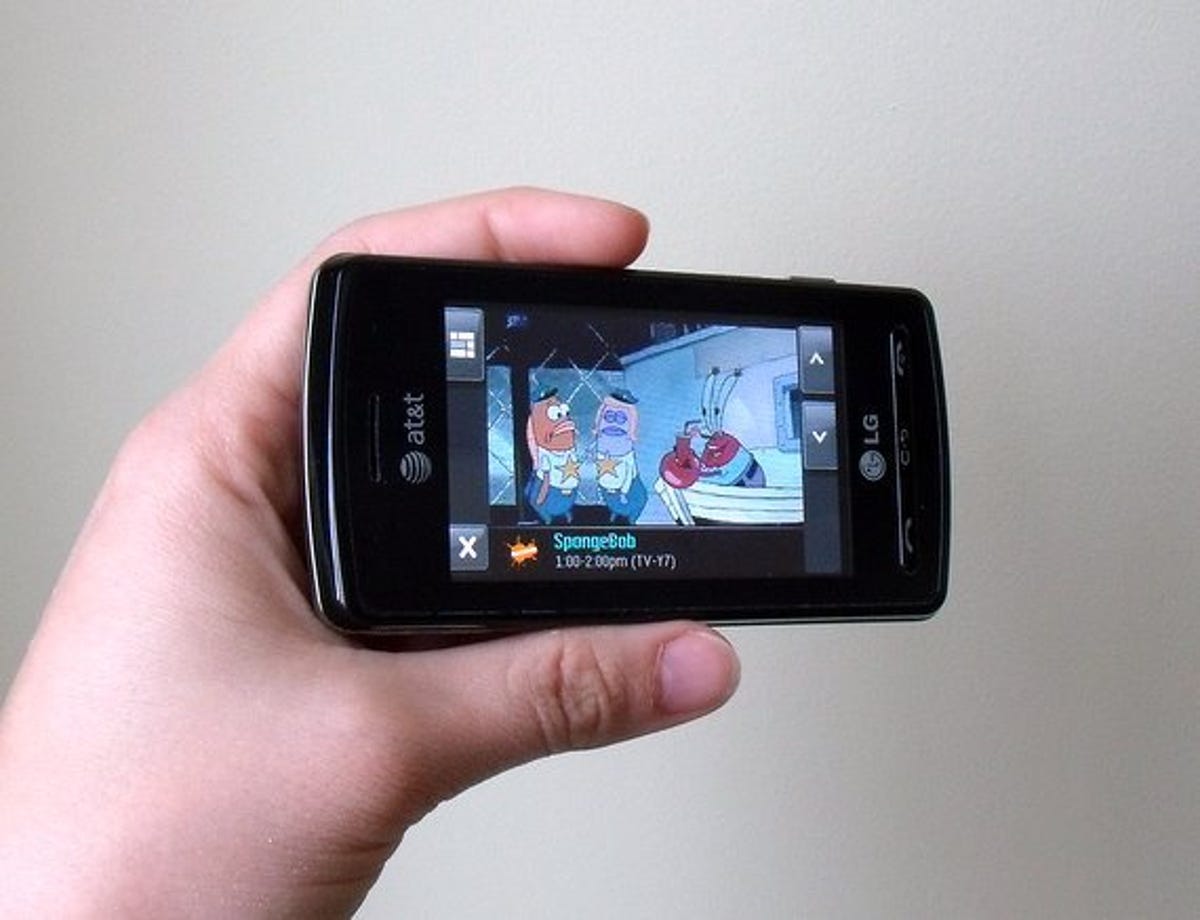
Is TV on our mobile phones destined to suck? We were leaning towards yes, after failed attempts by BT and Virgin which went down quicker than a brick Titanic, and the EU-favoured DVB-H system, which is going nowhere fast. TV on the Web has exploded, but we tried BBC iPlayer on the Nokia N96, and it was a jerky reminder that TV over 3G doesn't really work yet -- and the networks are none too happy to be providing the pipe that gets clogged up with our daily fix of the boob tube.
But on our recent trip over the pond, Qualcomm showed us how it can be done... if you've got a few years and the budget of a small oil-rich kingdom.
Qualcomm makes the chips inside mobile phones, including Snapdragon, which promises thinner, more powerful smart phones. When it decided to get into chips that could pick up mobile TV, the only drawback was that there was no such thing -- so it decided to save up a few (billion) pennies and start broadcasting. $800m, in fact. Since then, it's set up a network of dozens of transmitters around the US and a state-of-the-art nerve centre, as well as a little geosynchronous satellite, to show the rest of the world how it's done.
Now that it's shown it's doable, Qualcomm is keen to bring its mobile TV tech -- dubbed MediaFLO -- to the civilised world of the UK and Europe. And as a lucky coincidence, it owns a huge part of the UK spectrum. Click the photo for our thoughts on tiny TV.
Update: A previous version of this story misstated Qualcomm's investment in MediaFLO in the headline. It set them back $800m, or £500m, rather than the £2bn we thought.
